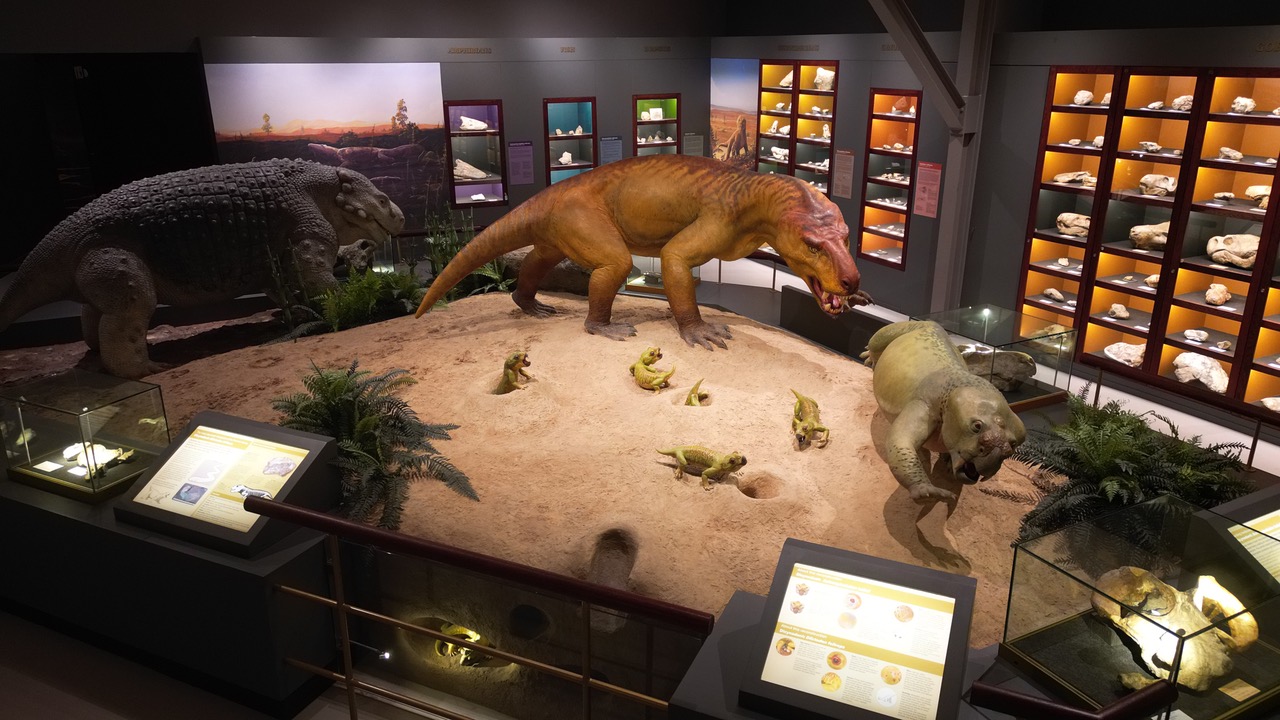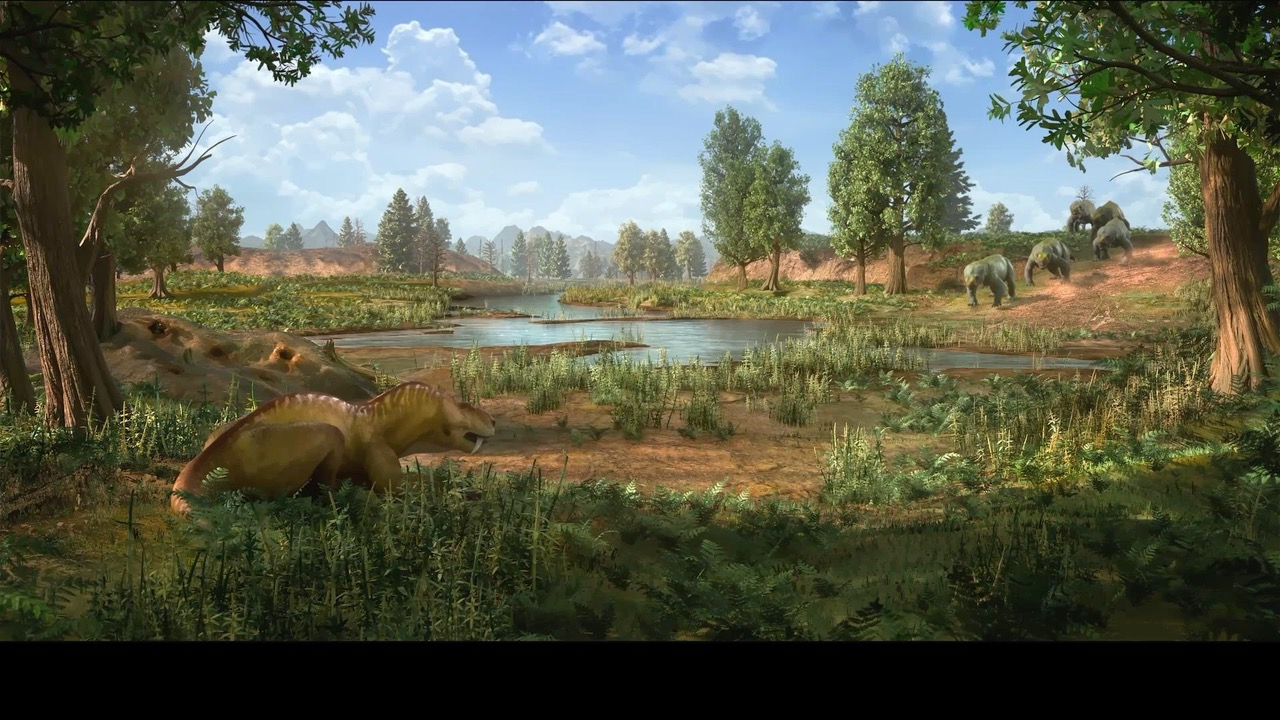A South African animation that brings the Permian world to life around a waterhole in the Karoo has just earned one of the biggest honours in paleoart!
Eastern Cape, South Africa (20 November 2025) – A local group of creatives have won the prestigious Lanzendorf–National Geographic PaleoArt Prize for their CG animation of what life at a watering hole in the Karoo would have looked like, many millions of years ago.
And it’s the first time a South African team has taken the award.
The Lanzendorf–National Geographic PaleoArt Prize is the only art award presented by the scientific community that recognises achievements in paleontological visualisation and communication.
Meaning it’s the only award for artists and studios that do the real legwork of conveying what life many millions of years ago would have looked like, in a creative way that we can understand visually.
The South African CG animation that scooped the prize was made by Fancy Horse Studios.
It depicts life at a waterhole in the Permian period, about 255 million years ago. Long before the dinosaurs reigned, when mammal ancestors called therapsids still dominated the land.
View this post on Instagram
The exhibit itself is currently housed at Karoo Origins: the Fossil Centre, a palaeontological research, exhibition and public outreach centre in Graaff-Reinet.
Fancy Horse designed and directed the entire project, working with Ferin Animation and the sound team at Sound Foundry. Their approach combined multiple disciplines, including handcrafted sculpture as well as 2D and 3D animation.
The filmed scene was incredibly complex to make, with no cuts or zooms; it runs for a full 6 minutes, featuring six species interacting in an accurate environment at a Permian waterhole.
It was built from the ground up. Co-founders Dianne Makings and Colin Payne worked with Professor Bruce Rubidge to immerse themselves in the fossil record of the Karoo Supergroup, one of Earth’s richest windows into prehistoric life.
The movements and behaviours of the animals were based on the most recent research into both the ecosystems of the time and the biomechanics understood from the fossils.
Modern animals were also studied and referenced to inform how the extinct creatures should be animated. Fossil trackways, studied alongside the fossil bones, were used to determine the creature’s posture, gait, and how it would have moved.
The reconstruction of every creature was sent to scientists from South Africa, the United Kingdom, the USA and Russia for peer review.

The exhibit that stands now is considered to be the most up-to-date reconstruction of the Permian period and its creatures.
On awarding the prize, the Society of Vertebrate Palaeontology’s President, Stuart Sumida, said: “The Lanzendorf Awards are SVP’s highest awards for artistic achievement. We’re excited to have Fancy Horse Studios join that prestigious group of winners.”

“Our goal has always been to make complex ideas feel relatable and alive,” said Colin Payne, co-founder and creative director at Fancy Horse. “We wanted this to be beautiful, but also as scientifically accurate as possible. To be recognised by the Society of Vertebrate Paleontology is extremely validating, and a great honour.”

